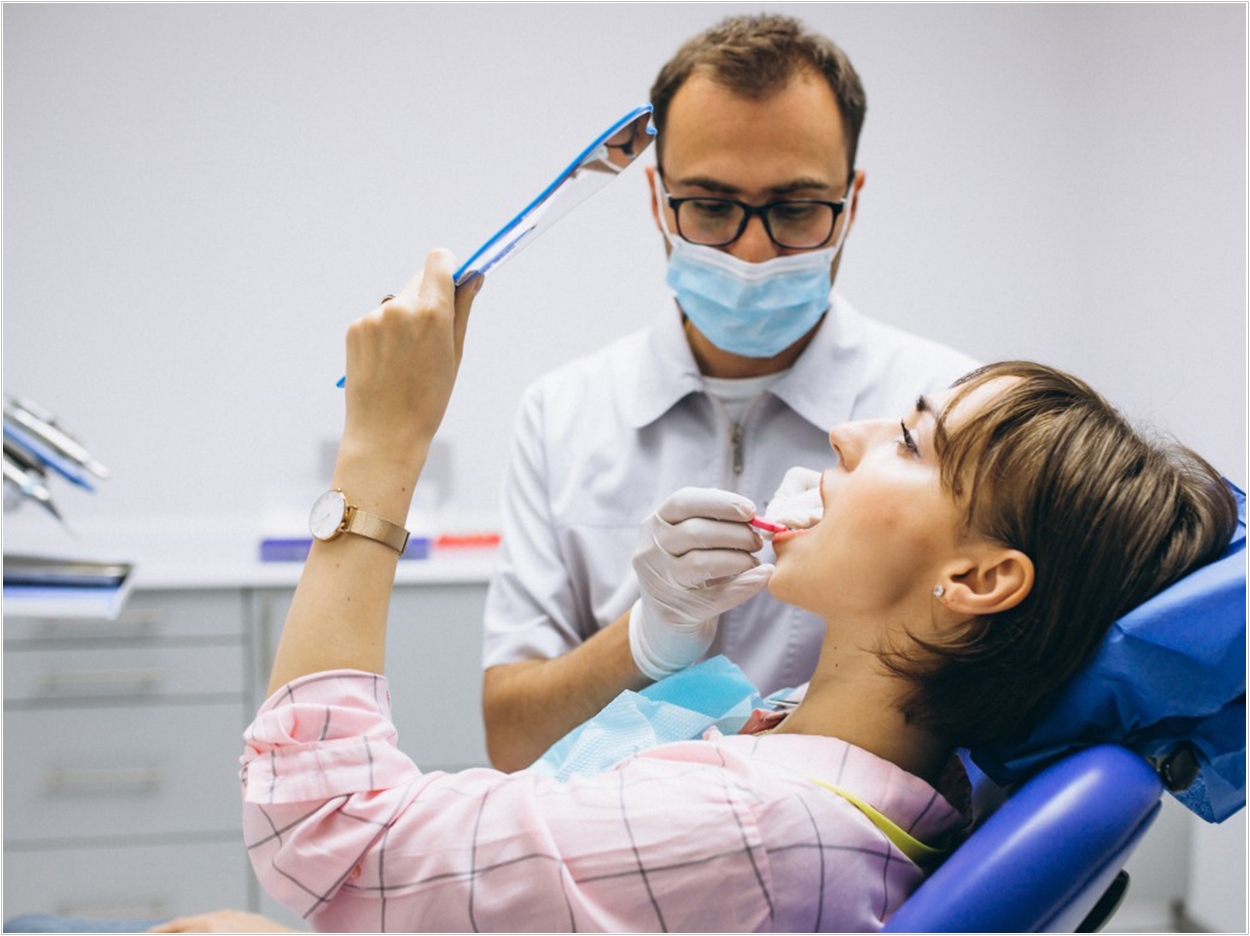
Western Dental & Orthodontics is rolling out its ClearArc orthodontic aligners, which only will be available at the dental service organization’s offices. The therapy will be introduced at the DSO’s 233 California offices in January, with its debut in the Texas, Arizona, and Nevada offices in February.
ClearArc is the result of extensive research and testing to develop an affordable clear aligner, Western Dental says. It is available for 40% less than the leading brand and offers unique advantages over rivals, the company adds, most notably that Western Dental orthodontists personally evaluate and treat patients.
“Every ClearArc patient is evaluated for treatment in a personal exam by an orthodontist, which isn’t the case with leading competitors,” said Dr. John Luther, chief dental officer at Western Dental. “This quality control measure helps ensure that patients are suitable candidates for aligners before spending their hard-earned dollars.”
Clear aligners have required attachments to aid in treatment, diminishing the benefits of having an invisible aligner, Western Dental says. Yet ClearArc’s ClearWear technology makes the aligners effective with fewer if any attachments, according to the company. The aligners also are stain-resistant and virtually invisible, Western Dental adds.
“A lot of thought and consumer testing went into the development of ClearArc to create a superior product that costs less,” said Eric Pellkofer, vice president of orthodontic operations. “Our patients also appreciate the flexible financing options and the confidence that comes from being evaluated in a personal visit with one of our orthodontists.”
The aligners are made from a clear plastic or acrylic material and help with crowded teeth or spacing issues. Custom-made for each patient, they should be worn for 20 hours a day and removed only to eat, brush, and floss. Treatment can take a few months to a couple of years, depending on the patient’s need and compliance with treatment.
“In any case, patients should always be treated by a qualified orthodontist when undergoing orthodontic treatment,” Luther said.
Related Articles
Survey Says Orthodontic Options Confuse Consumers
Clear Aligners Versus Brackets in Adult Orthodontics
Six Strategies for Attracting Clear Aligner Patients to Your Practice


